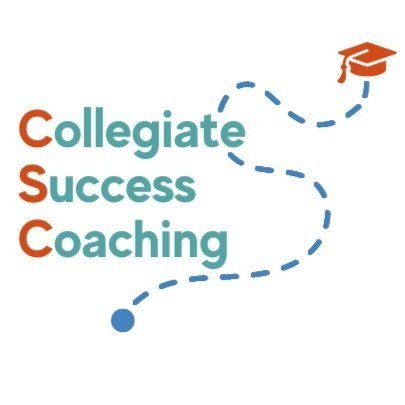Its Up to Me: Finding What Works for Students with ADHD Individually
We’re learning so much about how neurodivergent brains function differently from neurotypical brains.
From differences in how brains are structured to changes in how they work, new research is helping us learn more about neurodivergent brains everyday.
As we learn more, it makes sense that we need different tools for neurodivergent people. The same tools that work for neurotypical people may not work for you or your student and that’s ok. What matters is that we try a variety of tools and strategies until you find what works for you.
Let’s examine the differences between what may work for neurotypical students and some options to try for neurodivergent learners.
Study Skills
What may work for neurotypical students may be sitting down and “locking in” for hours of study to make significant progress as soon as an assignment is given. So often, well-meaning parents tell their college students that they have to “embrace the suck and just get it done.” This is likely how the parent succeeded in college, but it’s just not accessible to folks with ADHD.
Students with ADHD are affected by interest, novelty, and urgency. For topics that carry little to no inherent interest to the student, effort and sustained attention are hard to come by. For neurotypical students, they have a “time horizon” that allows them to see the future with a clearer sight line, including positive and negative consequences, allowing them to start work earlier.
Strategies to Try
What may work for neurodivergent students may be adding challenge or novelty, like some creative limit or gamification, changing locations frequently, and working in multiple, shorter “sprints” of effort spread out over time.
Because neurodivergent students often experience time blindness (lack of an innate sense of the passage of time) and a blurry time horizon, they depend heavily on urgency to generate dopamine. That works some of the time, but unfortunately, with the nature of overlapping deadlines for college assignments, leaning exclusively on urgency just isn’t scalable; students seldom produce their best work when juggling multiple major assignments simultaneously.
Students with ADHD have to learn task initiation skills to trick their brains into earlier action. These might look like setting a timer to jumpstart the effort, seeing how much can get done in a short amount of time, and then enjoying a small reward. Others include adding sensory stimulation like white noise, instrumental music, or audio books. Mindfulness skills help here, too. One skill called STOP involves catching the avoidance/distraction, taking a deep breath, observing aloud what is happening, like, “I am supposed to be studying right now, but instead, I am playing Minecraft,” adding a deep breath, recalling your goal, and proceeding mindfully toward homework instead.
Social Skills
What may work for neurotypical students is to jump right into a group that is driven by a common interest or identity and enjoy the shared experience with other like-minded peers.
Strategies to Try
What may work for neurodivergent students is to first observe a group from afar or research it online to gain some sense of the culture, expectations, or requirements to join. That period could last quite a while. They may then carefully cultivate one or two acquaintances based on comfort and acceptance, and then “stalk the periphery” of the group for another indefinite amount of time. Of course, it depends on the student’s personality type and interest level, but generally, friendships take longer to build and are more susceptible to harsh self-criticism, mood swings, and conditions that require adaptation.
Self Care
What may work for neurotypical students is to create schedules, lists, and plans and to follow them for the most part. Maybe a young woman decides she really wants to amp up her skin care game (very popular on campuses these days), so she buys a few splurge products, and each morning and evening, she adjusts her routines to have enough time to wash and moisturize her skin. She takes an Expo Marker and writes “1) Wash 2) Exfoliate 3) Rinse 4) Moisturize” on her bathroom mirror. She follows through. The new routine makes her feel fresh and pretty fabulous.
Strategies to Try
What may work for neurodivergent students is to create a playlist of their entire morning routine, choosing songs that last about the same length of time as each task in the routine. Each morning, the playlist cues the student to complete each part of the routine in order according to when each song begins. This may take a few tries for the neurodivergent student, and it might not happen each day, but it’s good to have a plan that is motivating and structured
Remember
When I work with clients, I help them create a plan to try a few different strategies and note what works and what doesn't. Remembering to track your success is a key component to learning what works for you.
It’s also important to revisit tools. What didn’t work in middle school or high school may work for you in college since your brain is always making new connections.
Finally, it’s important to remember that your uniqueness is something to be celebrated! Your personality makes you who you are - we are just looking for the right combination of tools, skills, and insights to bring out the best in you.

